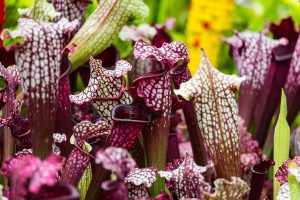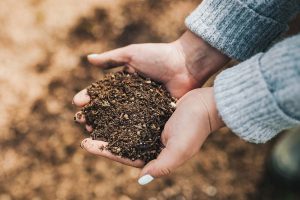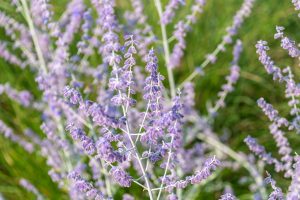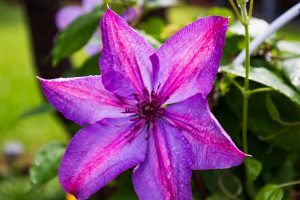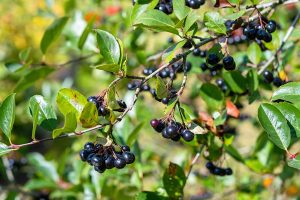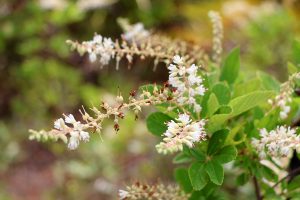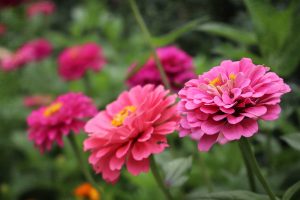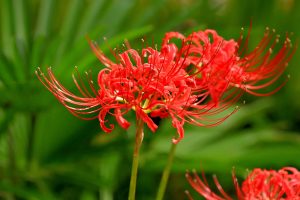This NC plant eats bugs for breakfast — and looks beautiful doing it
Most of us have seen or have some knowledge of the most iconic plant in the world: It’s the “Venus Flytrap”, which is native to a small area of southeastern North Carolina. One of its cousins, also a native to the “Tar Heel State”, is the venerable “Pitcher Plant”. It is also carnivorous and has an equally insatiable appetite for insects. This is another plant I don’t have in my landscape. I do need one after seeing the crop of the Purple Pitcher Plant at the North Carolina Botanical Gardens in Chapel Hill.


